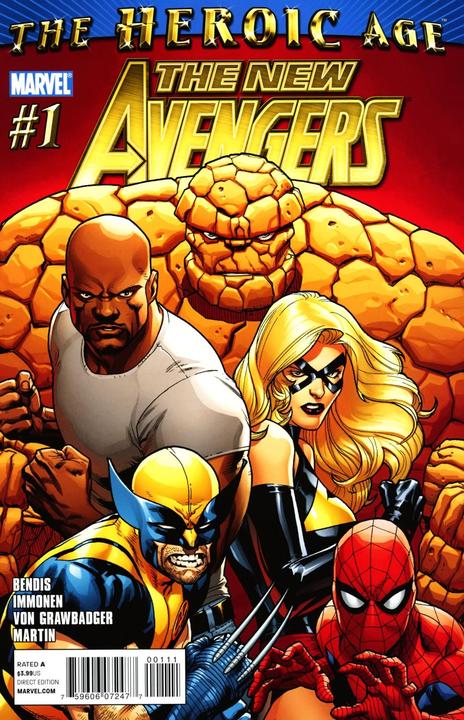 As Stuart Immonen came into 2002, he found himself at a turning point in his career: he rose through the ranks of DC to become the writer of the company’s flagship title (Action Comics) and character (Superman), then left it all to explore creator-owned work with Kurt Busiek on Shockrockets and Superstar: As Seen On TV. After making his name in the 90s, in the early 2000s he became an expert artist-for-hire for the likes of Marvel, DC, Top Cow, Crossgen and others. He’s been a company man for DC and excelled at it, and did the same as a freelancer and all the opportunities it afforded… but what if he wanted to do both?
As Stuart Immonen came into 2002, he found himself at a turning point in his career: he rose through the ranks of DC to become the writer of the company’s flagship title (Action Comics) and character (Superman), then left it all to explore creator-owned work with Kurt Busiek on Shockrockets and Superstar: As Seen On TV. After making his name in the 90s, in the early 2000s he became an expert artist-for-hire for the likes of Marvel, DC, Top Cow, Crossgen and others. He’s been a company man for DC and excelled at it, and did the same as a freelancer and all the opportunities it afforded… but what if he wanted to do both?
2002 and 2003 was a year of transition for Immonen. While he began settling into a long-term future at Marvel, he was also putting the finishing touches on his final Superman project Superman: Secret Identity. The four-issue series featured a dramatic new take on the character with a story that asks – “what if someone in the real world developed the powers of Superman?” Immonen approached the story with a style never seen before on his Superman work, but one he developed in the years since on ShockRockets and other titles. Immonen mixed open-ended shape-over-line illustrations with a more muted color palette.
At the same time, Immonen was ramping up for an extended time across town at the House of Ideas. After doing smaller work on such titles as Captain America, Mutant X and Fantastic Four, in October 2002 he signed on for a five issue run of Bruce Jones’ then-developing Incredible Hulk revamp and signed an exclusive in September 2003 that carved out time for the artist to work on personal projects outside of Marvel – as long as they weren’t at DC.
After Incredible Hulk, Immonen caught the idea of the editors handling the Ultimate line where he drew seven issues of Ultimate Fantastic Four and 11 of Ultimate X-Men. And with this new-found job security of the exclusive and the special agreement set forth in it, Immonen returned to his self-publishing roots as he serialized online (and later in print) his series 50 Reasons To 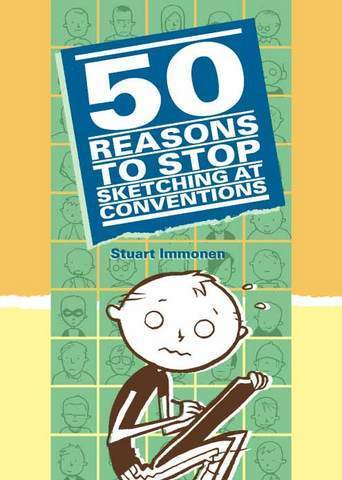 Stop Sketching at Conventions. After being a familiar face at super-hero conventions for the past two decades, Immonen revealed the drawbacks of giving away free sketches at conventions with a pinch of humor. Although the subject matter might startle people a bit, it was Immonen’s astonishingly different style that really wowed people. Immonen used a style more in line with The New Yorker than The New Avengers, while still showing an impressive skill and verve that showed a new side to the artist.
Stop Sketching at Conventions. After being a familiar face at super-hero conventions for the past two decades, Immonen revealed the drawbacks of giving away free sketches at conventions with a pinch of humor. Although the subject matter might startle people a bit, it was Immonen’s astonishingly different style that really wowed people. Immonen used a style more in line with The New Yorker than The New Avengers, while still showing an impressive skill and verve that showed a new side to the artist.
Using the unique exclusive agreement made with Marvel, Immonen continued to lead a dual life of a super-hero artist and an independent cartoonist. In 2006 he partnered with Warren Ellis on the cult-favorite series Nextwave, while also serializing online his own story Never As Bad As You Think with Kathryn Immonen – now his wife, and the partner he started out in comics with back in 1988. Nextwave provided to be a tipping point for Immonen in the modern era of comics, attracting enormous attention from critics and creators alike for his ability to mix standard super-heroics with a more loose and kinetic style. Although Marvel canceled the series due to low sales after 12 issues, it could certainly be considered a success just for putting Immonen on a new level.
The Toronto-based artist followed that cult series with a bonafide blockbuster as he took over for Mark Bagley on Brian Michael Bendis’ Ultimate Spider-Man. Over the course of 22 issues, Immonen successfully followed Bagley’s lengthy run and won over fans – and as it turns, out Bendis too.
After the Ultimate line was revamped, Bendis enlisted Immonen to join him at the Marvel U by taking over New Avengers with September 2009’s #55. Immonen’s career trajectory gained more velocity with each successive issue, winning over the larger reading audience as one of the industry’s top working super-hero artists and winning over critics by his depth and yeoman-like craft and dedication. Immonen’s presence proving to be a stable force in what was an ever-changing artist line-up on the title, and he followed the title through the “Heroic Age” relaunch and did seven more issues which was capped off with the most un-actiony Avengers story ever told – and also one of the single-most talked about Avengers stories in recent memory.
At the same time he was drawing Marvel’s key title in the publisher’s new Avengers-centric era, he also continued his comics partnership with wife Kathryn on their independent series Moving Pictures as well as a lead feature in Marvel’s relaunched Marvel Comics Presents. Immonen’s ability to fit in more personal projects with his “day job” of drawing New Avengers seemed to stoke his creativity on both sides of the fence. Along the way, Stuart Immonen became one of Marvel’s top artists – becoming in many ways the artist equivalent to Brian Michael Bendis, which was formalized earlier this year when Marvel announced their artist Architects.
In retrospect, it’s no surprise that Marvel would turn to Stuart to draw their 2011 summer event series Fear Itself. He’d shown the ability to draw books balancing an immense cast while pulling in both casual fans and more fervent readers, and most importantly hit deadlines. With Fear Itself underway, it’s interesting to look back at how far the comic creator has come and what he could do next.
Here’s a highlight reel of the past 8 years of Immonen’s work both at Marvel and on his own.
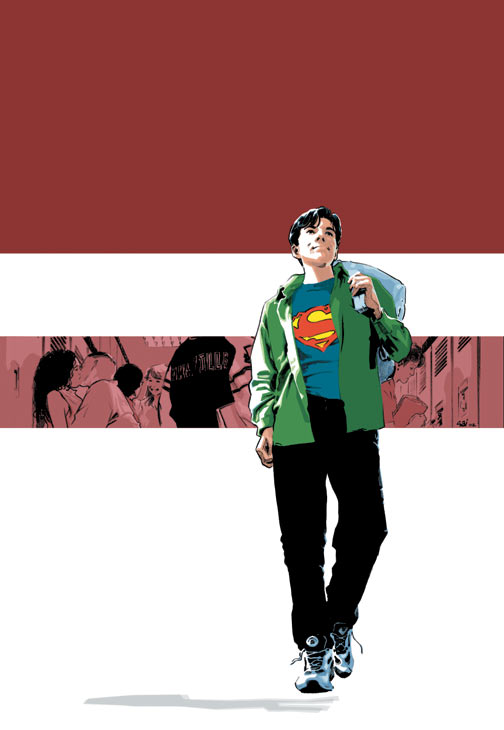

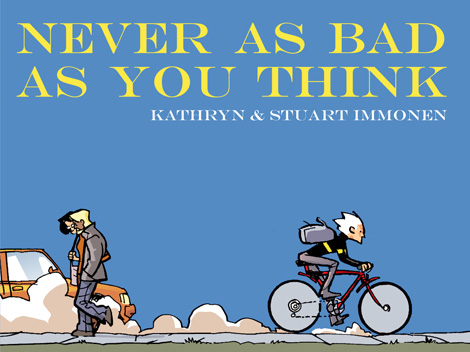


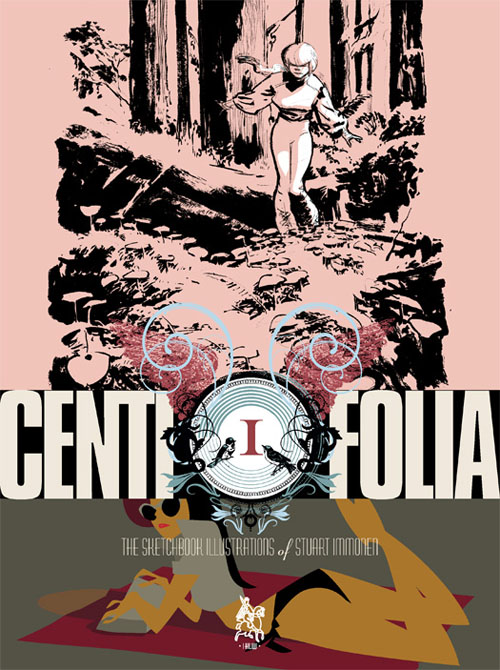
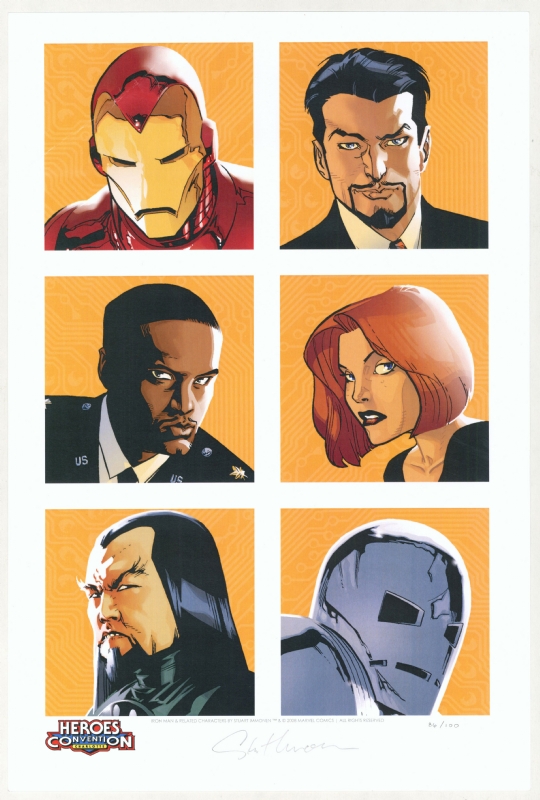
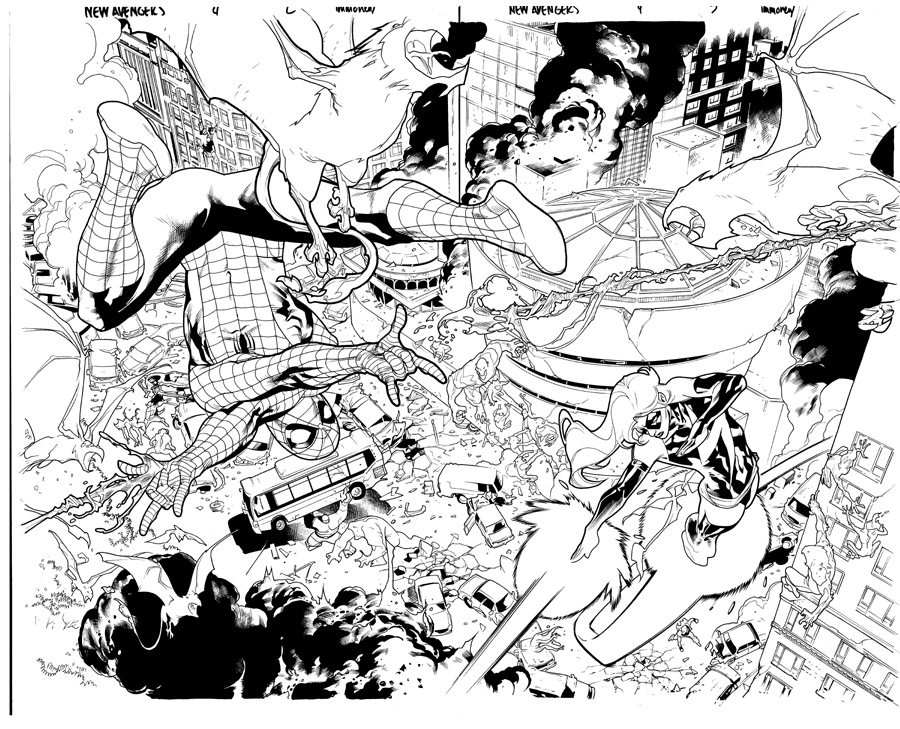
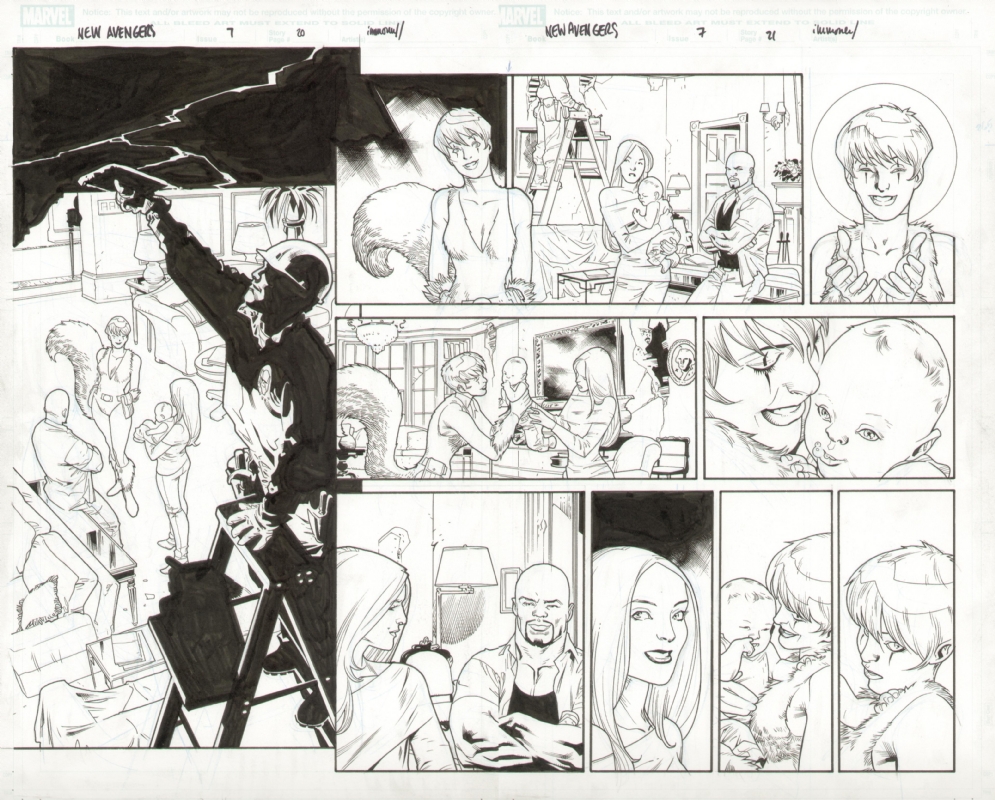

Check out the rest of Immonen Week:
Day 1: New Kid on the Block
Day 2: Big Two Beginnings
Day 3: Seeing Superman in Red & Blue
Day 4: We Have Ignition!


Just a note guys:
it’s a common misconception that Nextwave didn’t sell. The book did well in the sales charts, but Marvel felt that the monthly sales figure still wasn’t high enough for it to be considered comercially viable. Simply put, Marvel couldn’t justify continuing to pay the AAA creative team their then-current pay rates to work on a book that was only ‘successful’ as opposed to ‘sell out hit’. As a result, the book folded.
@James696 So you’re saying that it didn’t sell enough, which is semantically the same thing. But yes, that’s true. Some people did buy it, but not enough to make it worth it.
Secret Identity is my favourite Superman book ever. The creative team worked amazingly well together and Immonen showed a very different style to his usual superhero work.
Thanks for the Immonen week guys!
So glad that Immonen found Wade von Grawbadger. What a team.
For some reason, the way he draws Squirrel Girl’s tail turns me on…
This is easily my favorite era of Immonen. The guy has such range. For some reason, his stuff really turned me off when he was doing the Superman work in the 90s, but now adays I can’t get enough of him. He was my main reason for reading the opening issues of the second volume of New Avengers.
I had no idea how long Immonen had been in the business. Thanks a lot for sharing this weeks look into his work.
I own some of his original pages from New Avengers vol 2, it’s surprsingly affordable, even his recent stuff